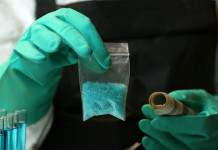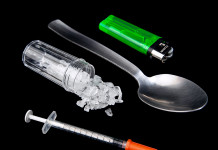In years past, miners brought canaries with them down the shafts. If the birds became ill or died, the miners knew that carbon monoxide might be present - and they left the mine in a hurry. Today, you and your canary can both keep out of harm’s way by installing a CO detector in your home. When high levels of carbon monoxide register, the detector sounds an alarm similar to a fire alarm.
A number of detectors are available in a range of prices - from about $20 to $100. Consider the following when choosing a detector:
* Select a detector bearing the mark of a testing laboratory such as Underwriters Laboratory (UL). UL is an independent, nonprofit agency that provides safety standards for many types of equipment.
* Follow manufacturer’s recommendations for installation and placement of the detector.
* Test your detector regularly, following manufacturer’s instructions. Also, replace batteries according to instructions.
If your detector alarm sounds, open windows and ventilate the house. Have heating equipment evaluated. If anyone has symptoms of CO exposure, leave the building right away. Call your local emergency telephone number (usually 911) from a neighbor’s telephone. Report your name, address, telephone number, and the problem to the dispatcher. You should immediately report - and seek medical attention for - any symptoms of carbon monoxide poisoning.
Bear in mind that carbon monoxide detectors are not smoke detectors. For protection against carbon monoxide and smoke, it’s important to have both types. Working smoke detectors should be installed on every level of the home, including the basement.



































